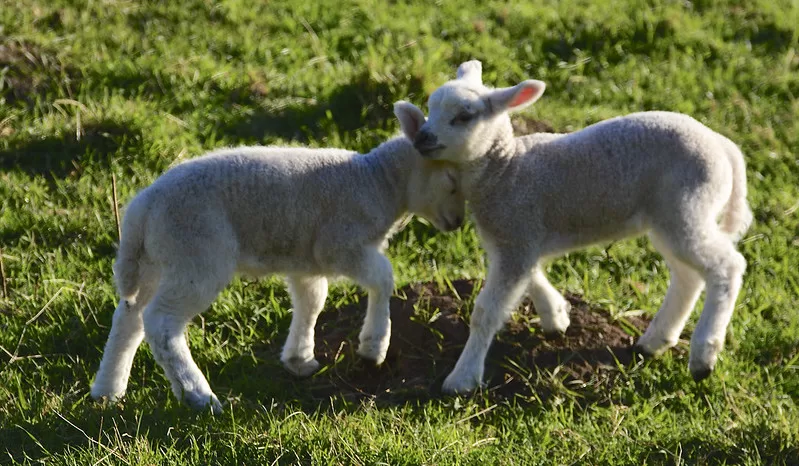Clare was exactly what you’d expect a retired ward sister to be. Brisk, matter of fact and organised to a fault. Piercing grey eyes, steely hair tied in a bun topping her diminutive frame and a very firm, almost protruding chin. She turned up as our stand-in lambing helper one year when our student help let us down. I should have realised we were in for an interesting time when she refused to let me allow a poorly lamb to...

